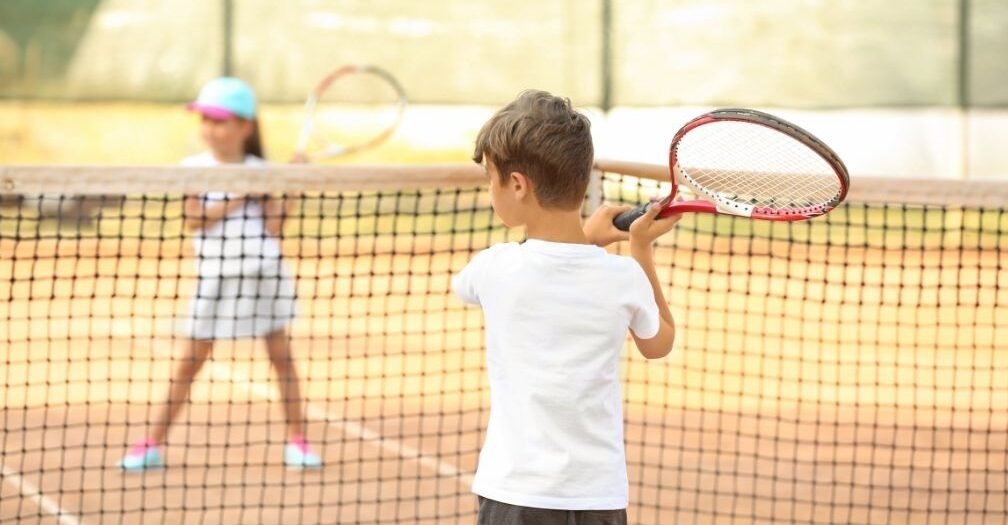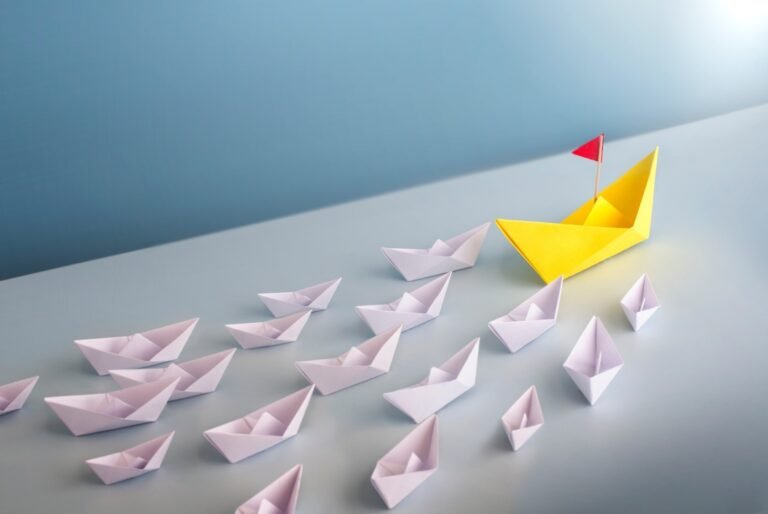Children who participate in individual sports can gain from enhanced physical health, mental well-being, and the acquisition of important life skills among other things. While team sports receive most of the focus, individual sports can have special benefits that would enable a child to flourish. This article will go over the advantages of individual sports, popular choices for kids, and starting techniques.

The Benefits of Individual Sports
1. Physical Health
Development and general health of a child depend on regular physical activity. While also building muscles, boosting flexibility, and enhancing coordination, individual sports including swimming, gymnastics, tennis, and martial arts offer good cardiovascular training. These sports inspire kids to create lifetime of good habits.
2. Mental Well-being
Individual sports help kids’ mental health. Engaging in sports releases endorphins, a naturally occurring mood booster. Individual sports also call for discipline and focus, which can assist to reduce tension. Learning a skill or winning a competition can make a child feel more confident and self-esteemed.
3. Life Skills Development
Children that participate in individual sports learn critical life lessons including goal planning, time management, and self-discipline. Children come to understand the need of tenacity and resilience, as success in these activities usually depends on personal initiative. Realizing how their activities directly influence their results, kids also grow to feel a great sense of responsibility.
Popular Individual Sports for Kids

1. Swimming
Children of all ages can find swimming to be a fantastic choice. This is a total-body exercise enhancing flexibility, strength, and cardiovascular condition. Swimming raises endurance and helps coordination as well. Children of all degrees of fitness can engage in this low-impact sport. Beginning as early as infancy, swimming lessons emphasize aquatic safety before advancing to more complex skills.

2. Gymnastics
Building strength, agility, balance, and coordination, Gymnastics aids in children’s body awareness and control development, which will benefit daily activities and other sports. As kids pick and execute various routines, gymnastics also teaches discipline and focus. Early gymnastics might produce improved physical skills and a liking for the sport.

3. Tennis
Tennis calls for agility, speed, and clever thinking. General fitness gets highly improved along with cardiovascular health, and hand-eye coordination. Tennis offers a flexible option since one can play it alone or with a partner. Children can start with simple lessons stressing fun and skill development before moving to competitive play.

4. Martial Arts
Children practicing martial arts get to learn respect, discipline, and self-defense. They improve coordination, flexibility, and strength as well. Martial arts can help children build confidence and attention; the disciplined environment can be especially beneficial for those who flourish under well defined guidelines and expectations.

5. Track and Field
For young children to enjoy, track and field disciplines such sprinting, jumping, and throwing offer a variety of activities. These sports improve strength, agility, and heart condition. Played either independently or as a team, track and field lets one achieve personally as well as via group efforts. Young children could start with basic running games and later advance to more specialized activities.
Tips for Getting Started
1. Assess Interests and Abilities
Look at your child’s hobbies and natural aptitude before choosing a sport. Children who are exposed to a variety of sports might find where they flourish and what they prefer. Urge them to listen to their ideas and try novel activities. Selecting a sport they enjoy increases their likelihood of long-term involvement.
2. Find a Qualified Instructor
Maintaining safety and developing skills depend on high-quality education. Seek for coaches or teachers with the required qualifications and experience. Many sports leagues and neighborhood centers provide seminars run by licensed experts. Seeing a class or chatting with other parents could reveal details about the effectiveness and approach of the teacher.
3. Start with the Basics
Start with basic courses or programs covering the principles. Fun and skill development should take front stage in these courses above competitiveness. Children who use this approach develop a solid basis and get confidence. If they want to, they can participate in more advanced levels and compete.
4. Create a Supportive Environment
The athletic performance of a child depends on a favorable and motivating surroundings. Regardless of result, support and praise their efforts and achievements. Instead than stressing achievement too much, pay more attention to the satisfaction and benefits of participating. Attend events and practices and offer the necessary tools and resources.
5. Set Realistic Goals
Guide your child toward acceptable, reachable objectives. These goals can be long-term, like joining a competition, or short-term, like picking up a certain skill. Having goals gives one direction and drive. Celebrate their progress to inspire and involve them.
6. Emphasize Fun and Enjoyment
Introducing kids to sports should mostly be done to make sure they have fun and to inspire a passion of physical exercise. Keep the environment pleasant all through training courses and practices. Encouragement of a positive attitude toward sports helps kids develop a lifetime passion of physical exercise.
7. Encourage a Balanced Lifestyle
Although sports are important, one should have a balanced schedule. Give your child time for school, social events, and leisure. Steer clear of too busy schedules and unstructured play time. A mixed approach helps kids to have a well-rounded childhood and lowers burnout.
8. Monitor Progress and Adjust
Frequent assessments of your child’s development will let you modify their path if necessary. Talk with their teachers to find out their areas of strength and areas needing work. If your youngster loses interest or runs across challenges, think about other sports or pastimes that would fit their evolving interests and aptitudes.
In conclusion
Starting children in individual sports can have a big effect on their emotional, psychological, and physical growth. Beyond the sport itself, the benefits help kids acquire vital life skills that would benefit them well throughout adulthood. By examining their interests, providing quality instruction, and establishing a motivating environment, parents can help their children follow a fulfilling and happy path in individual sports. A good, active lifestyle will start with encouraging the love of physical exercise and a positive attitude toward sports.





